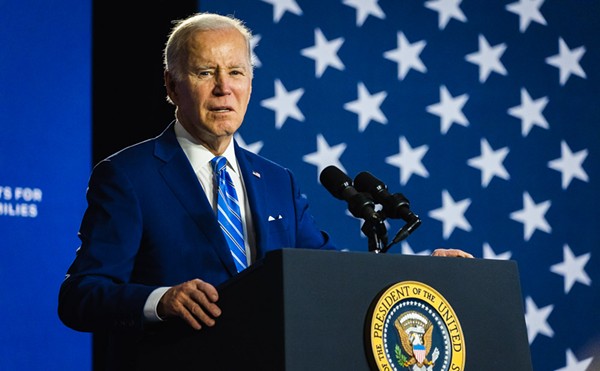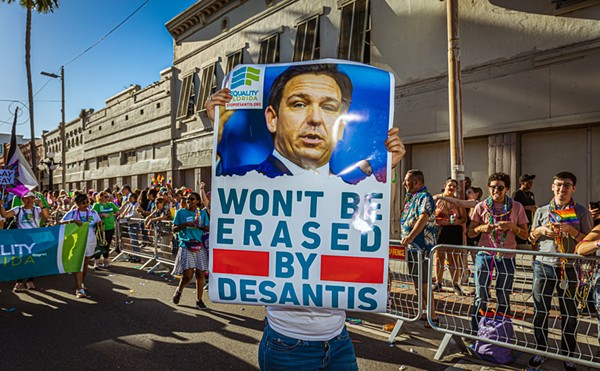In your book you wrote that "Without the traditional tactics of solidarity and stopping production behind them, none of these strategies have proven powerful enough to make an employer suffer economically."
What's happened is labor laws changed over the years so that effective strike tactics are outlawed. So if you look back at union history, workers were able to strike entire industries at one time. And they weren't forced to fight these lonely and isolated battles at one small employer confronting giant corporations. So if you want to look for a reason for the weakness of the labor movement today, you really have to start looking at those changes in the long union strategy.
You also write that that campaigns to increase union density by "organizing the unorganized" fail for the simple reason that workers have no interest in joining weak unions that can't put more bread on the table. Well, can unions offer more bread at the table? Is that possible with some of the situations we've got going right now?
Only with a real change in union strategy. We're starting to see that, with the organizing at Walmart and with restaurant workers in New York City. Organizers have decided rather just try to convince people and join the union to form organizations even at Walmart and go out on strike and start to try to pressure the employer to change their policies, both at the local and national level, and that’s traditionally really how unions organized in the first place with workers coming together and pressuring for improvements.
So tell our readers more about the situation at Walmart?
Organizers from around the country have formed an organization called OURWalmart and what they've been doing is in selective strikes — it might be a couple at a Walmart go on strike, or it might have been over half the store and they did these one-day strikes on Black Friday, which is the biggest shopping day of the year — and it was meant to bring attention to the plight of Walmart workers in terms of wages and health care and so forth, and also to have workers get confidence to form organizations and hopefully eventually unions.
You wrote in a blog post on the Daily Kos earlier this year that 2012 was a good year for the labor movement. You're basing that on events such as the Chicago Teachers Union strike ... that got a lot of news when it happened ... what was the upshot there?
The strike itself was very successful for the Chicago teachers. Of course the contract's not always everything that you wanted, but they were able to beat back a lot of the anti-public and anti-student initiatives that were really at the core of the strike. And leading out of it they forged a strong alliance with the community, and now they're engaged with a struggle to prevent ... one of the largest mass school closings In the US. But the energy that they gained and ... the ties they've made with teachers and community members have carried over to the current struggle. They've had 40 community meetings, each with 1,000 parents and teachers at it, all opposing, or almost all of them opposing the school closings. So it's really been a boon for organizing, and it's really raised the whole issue of education and what's going on with our educational system, in ways that no other ways of organizing could have done.
You'll be speaking in Tampa ... what do you say to labor groups down here in the South, in right-to-work states about sticking together to accomplish one's goals?
Increasingly Its becoming the same ... Michigan is becoming a right to work state, and initiatives are going on across the country. The same discussion needs to happen all across the country, about how do we get more power for working people? ... So I think there used to be divide between the Northern and Southern labor movement but I think that's less so today as workers today are seeing deteriorating conditions...
What about the recently threatened Port strike?
There's an East Coast wide agreement that was recently settled, although it was very contentious contract negotiations. There's also a number of disputes out on the West Coast with the longshoremen workers out there. What that really shows, even those areas that used to be privileged areas of trade unionism are now under attack, a lot of the same union-busting rules that were used in other industries are now coming to the ports and these unions are facing incredible pressure and have to do a lot more organizing than they've traditionally done, particularly on the east coast.
What we're seeing here in the US with the concentration of wealth, going back to levels we haven't seen since the 1920s ... we really have to look at the decline of unions and in particular the decline of the strike. So if we want to create a better society, where income is more level, where people have healthcare and living wages, then we really need to talk about getting how do we regain the power and the right to strike.















